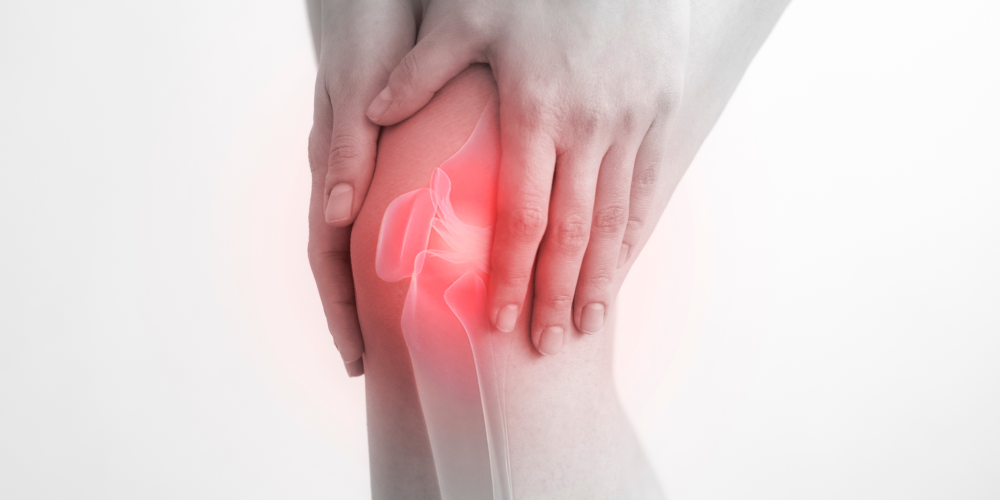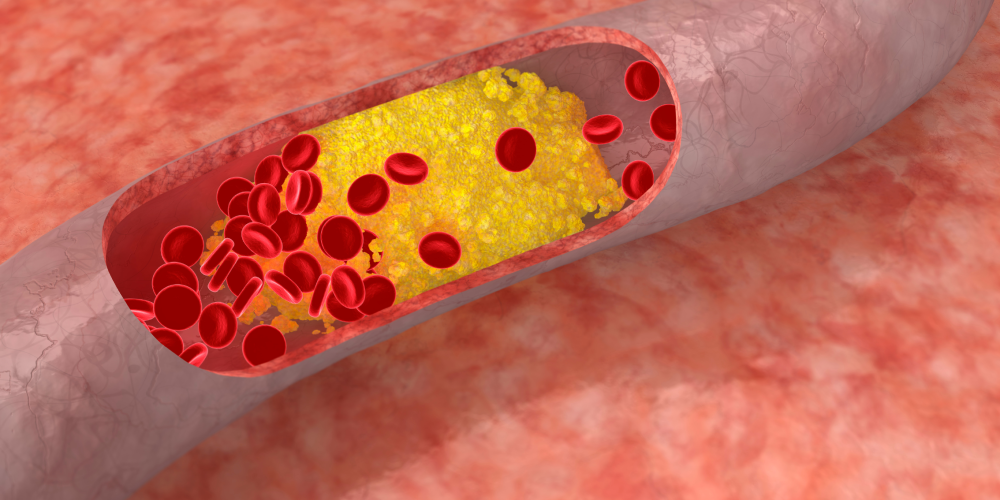C-reactive protein (CRP): The silent killer
C-reactive protein (CRP) is a substance produced by the liver in response to inflammation in the body. CRP is a type of acute phase protein, which means that its production is rapidly increased in response to tissue injury, infection, or inflammation. CRP is often used as a biomarker to monitor disease activity, assess the effectiveness of treatment, and predict the risk of cardiovascular disease.
Role of CRP
CRP is produced by the liver in response to the release of cytokines, which are proteins that are involved in the inflammatory response. Cytokines are released by various cells of the immune system, including macrophages, monocytes, and T cells, in response to infections, tissue damage, or other stimuli.
Once released, CRP binds to a variety of molecules in the body, including bacterial cell walls, dead and dying cells, and other proteins that are associated with inflammation. By binding to these molecules, CRP helps to activate the complement system, which is a series of proteins that work together to promote inflammation, destroy invading microorganisms, and removing damaged cells.
CRP & bloodwork
CRP is often used as a biomarker to monitor disease activity and predict the risk of cardiovascular disease. For example, elevated levels of CRP in the blood are often seen in individuals with chronic inflammatory diseases such as rheumatoid arthritis, lupus, and inflammatory bowel disease. Elevated levels of CRP may also be seen in response to infections, such as pneumonia or sepsis.
In addition, CRP is a useful predictor of cardiovascular disease risk. Studies have shown that individuals with elevated levels of CRP in the blood are at increased risk for developing heart disease and stroke, even if their lipid panel is just fine.
CRP & AAS
Some studies have suggested that anabolic steroid use may increase CRP levels, indicating an inflammatory response. This study found that men who were using anabolic steroids had higher CRP levels compared to non-users, even after controlling for other factors such as age and body mass index.
The exact mechanism by which anabolic steroids may increase CRP levels is not fully understood. It has been suggested that anabolic steroids may promote inflammation by activating the immune system or by increasing oxidative stress, which can damage cells and tissues in the body.
Anecdotally, many bodybuilders report elevated CRP levels when they get bloodwork done, further proving that this is a very real issue.
Other than reducing AAS use, one can decrease CRP levels by eating healthier (avoiding processed foods, refined sugars & seed oils does wonders for inflammation), decreasing stress and supplementing with anti-inflammatory supplements like Omega 3, Ashwgandha, Curcumin, Vitamin B12 and others.
In conclusion, C-reactive protein (CRP) is a valuable biomarker for monitoring disease activity and assessing the risk of cardiovascular disease. Its production is rapidly increased in response to inflammation, making it a useful tool in medical diagnostics. Anabolic steroid use has been linked to elevated CRP levels, possibly due to their impact on the immune system and oxidative stress. To reduce CRP levels, it is recommended to adopt a healthier lifestyle, including a balanced diet and supplementation with anti-inflammatory substances.









